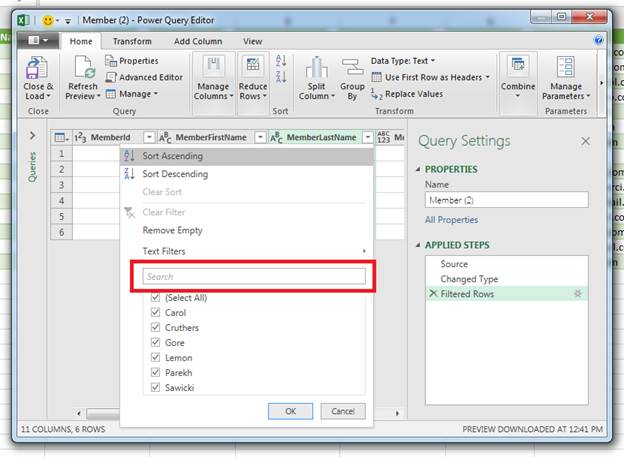
Select your first table ( Orders) or any cell in that table.

To save a table as a connection in Power Query, here's what you do: Not to clutter your workbook with copies of your original tables, we are going to convert them into connections, do the merge within the Power Query Editor, and then load only the resulting table. Your "tables" could be usual ranges or named ranges as in this example: Also, although we say "tables", you do not actually need to create an Excel table.

Our task is to map the data in table 1 with the relevant records from the other two tables, and combine all the data into a new table like this:īefore you start joining, I'd advise you to give some descriptive names to your tables, so it will be easier for you to recognize and manage them later. Please note that our tables have different numbers of rows, and although table 1 has duplicates in the Seller column, table 3 contains only unique entries. Please see how to refresh a merged table.Īs an example, let's join 3 tables based on the common columns Order ID and Seller. You should explicitly tell Excel to do this.

In simple terms, Power Query (also known as Get & Transform is a tool to combine, clean and transform data from multiple sources into the format you need such as a table, pivot table or pivot chart.Īmong other things, Power Query can join 2 tables into 1 or combine data from multiple tables by matching data in columns, which is the focus of this tutorial.įor the results to meet your expectations, please keep in mind the following things:

How to join tables with Excel Power Query


 0 kommentar(er)
0 kommentar(er)
